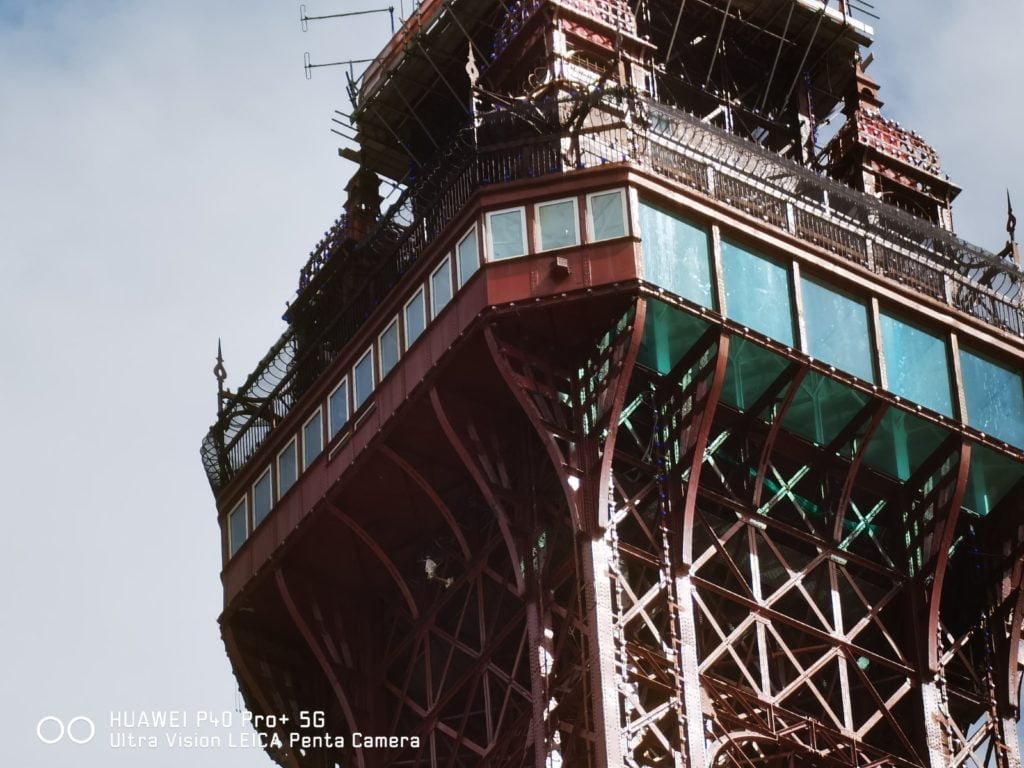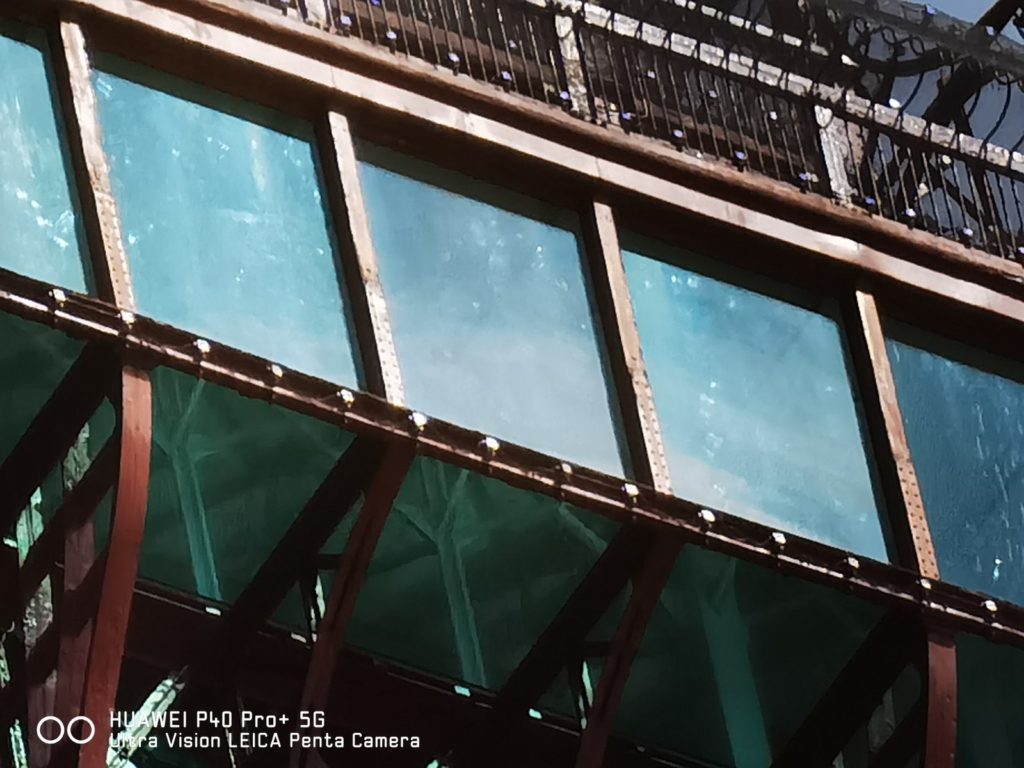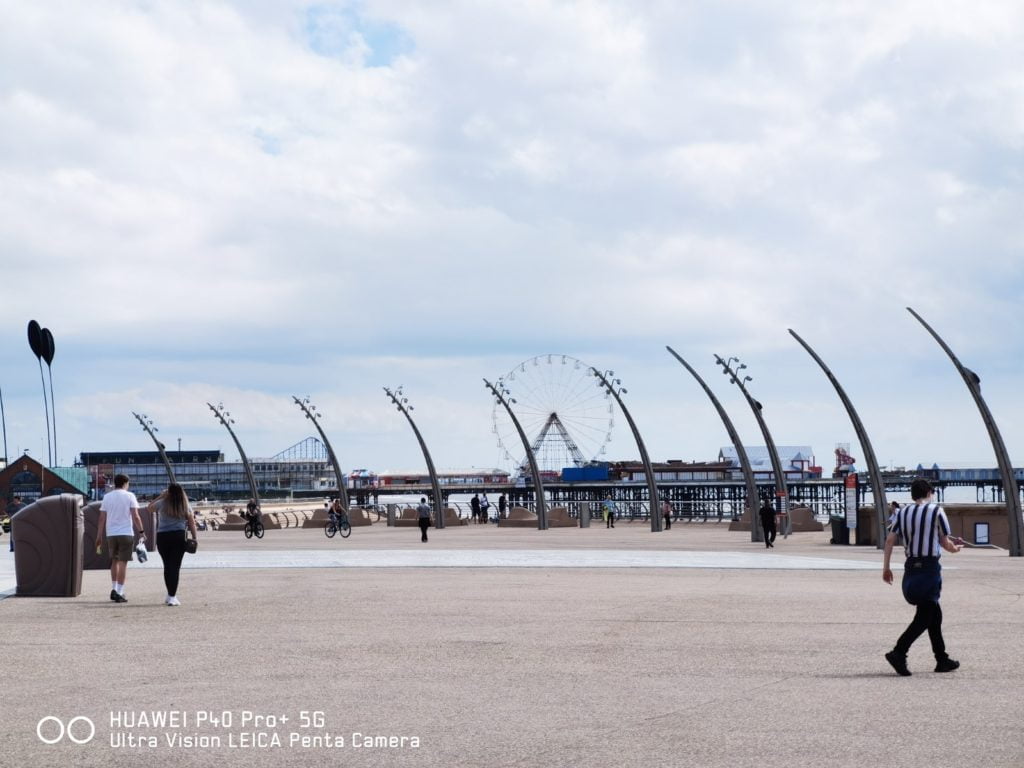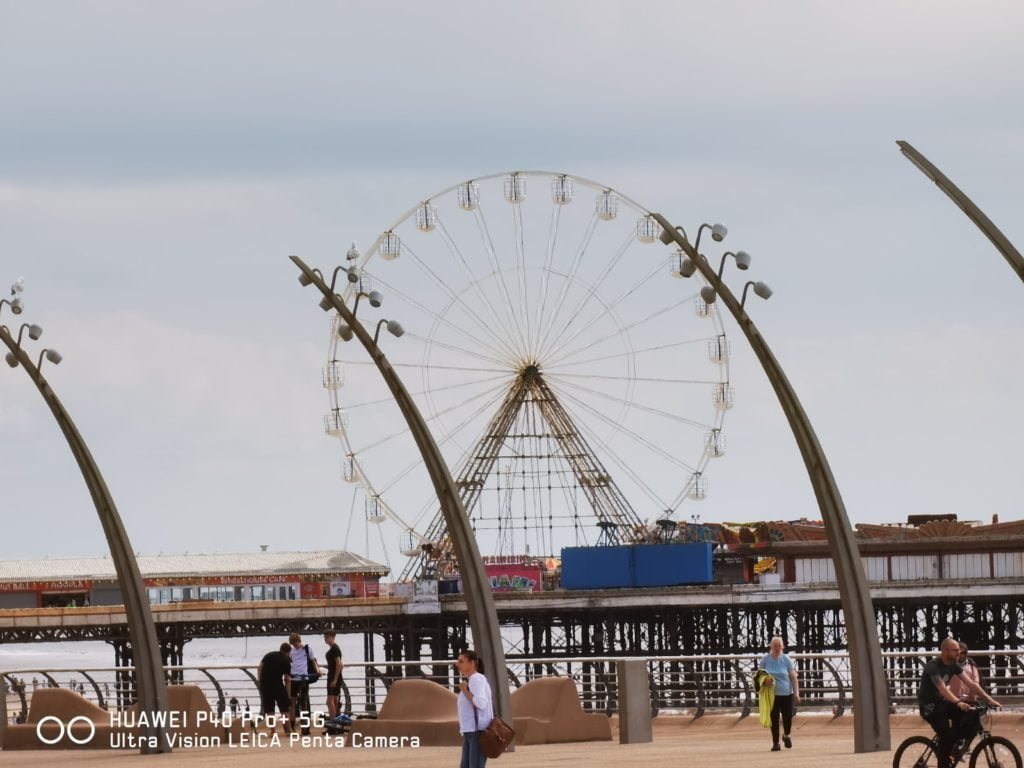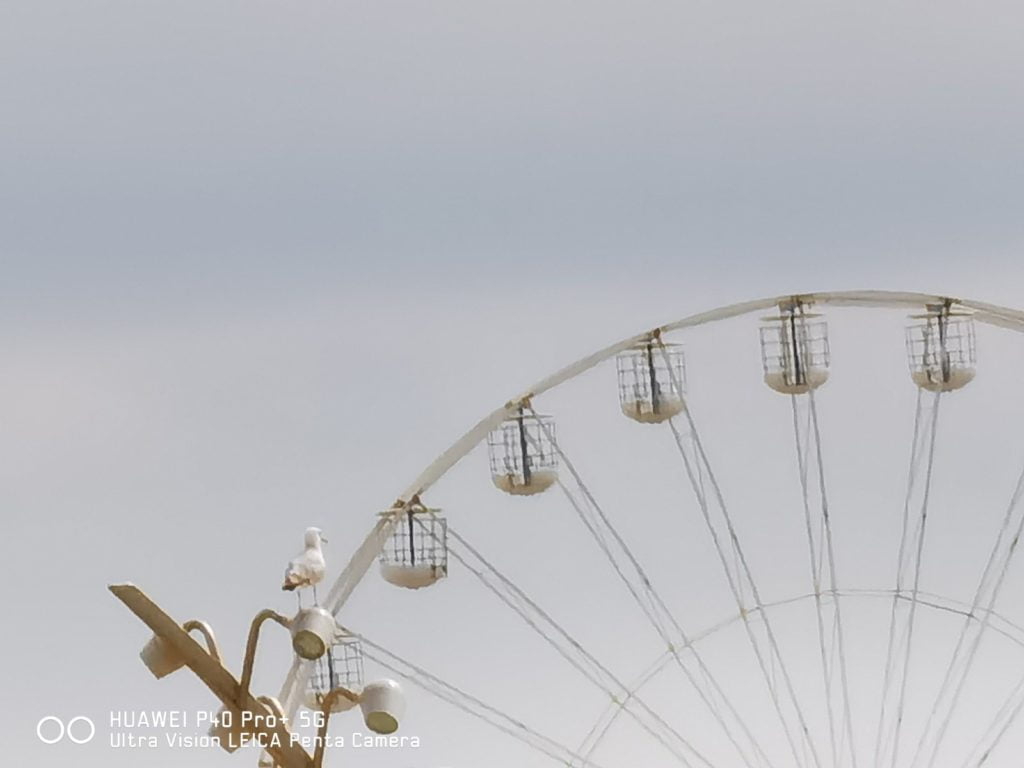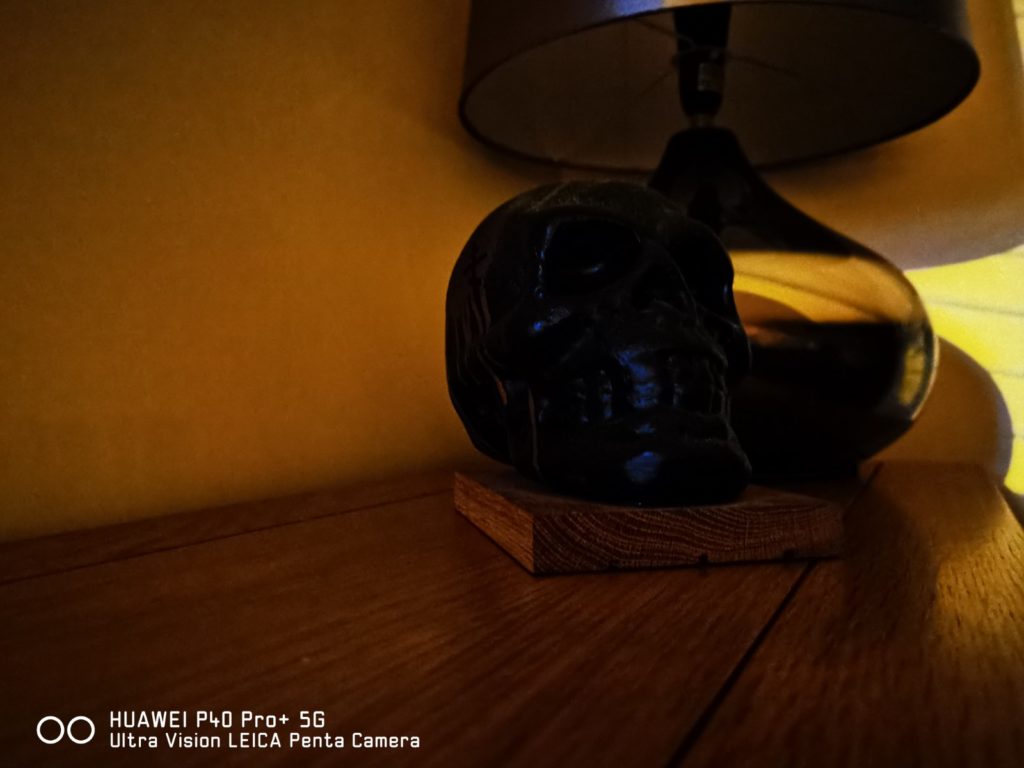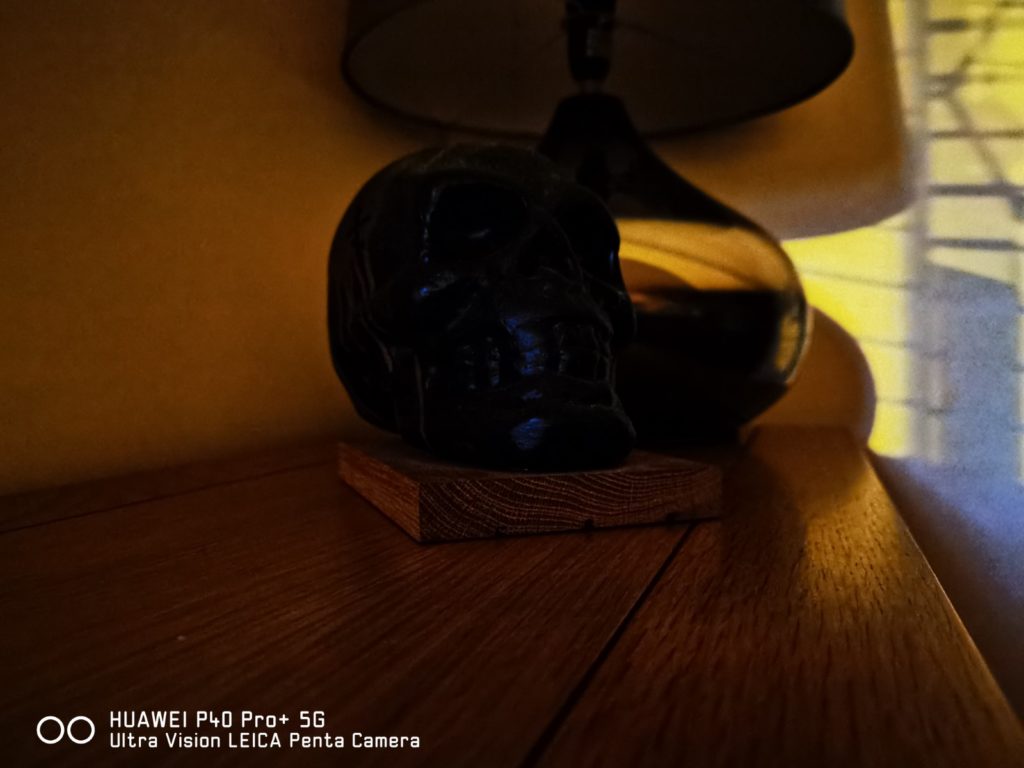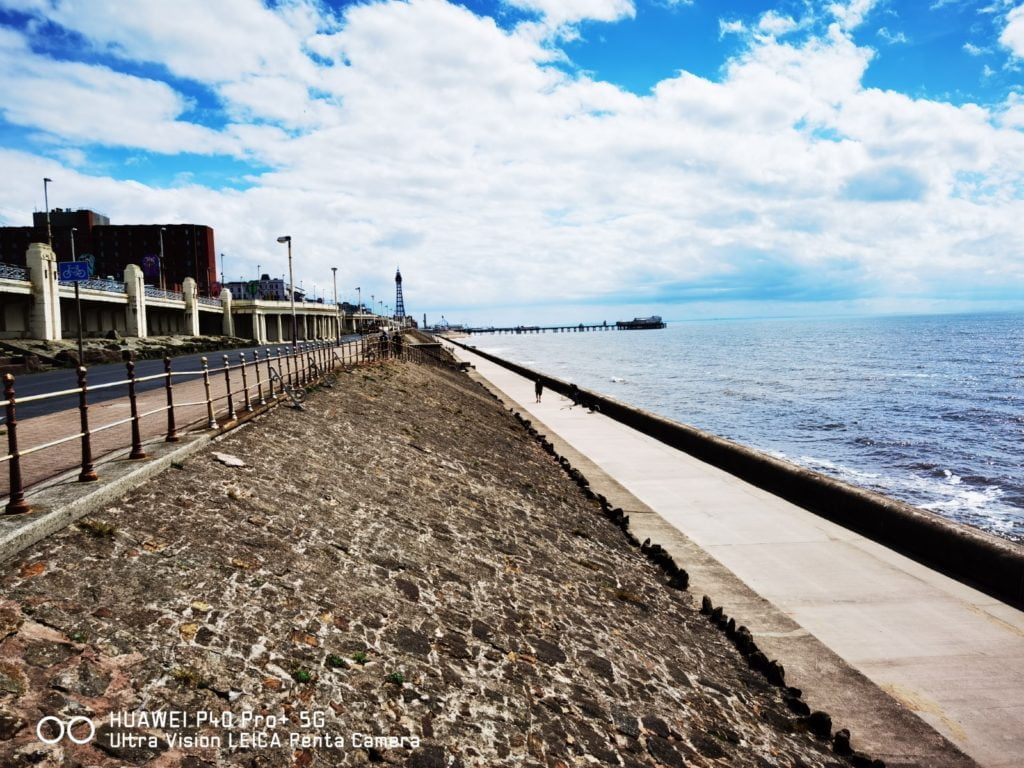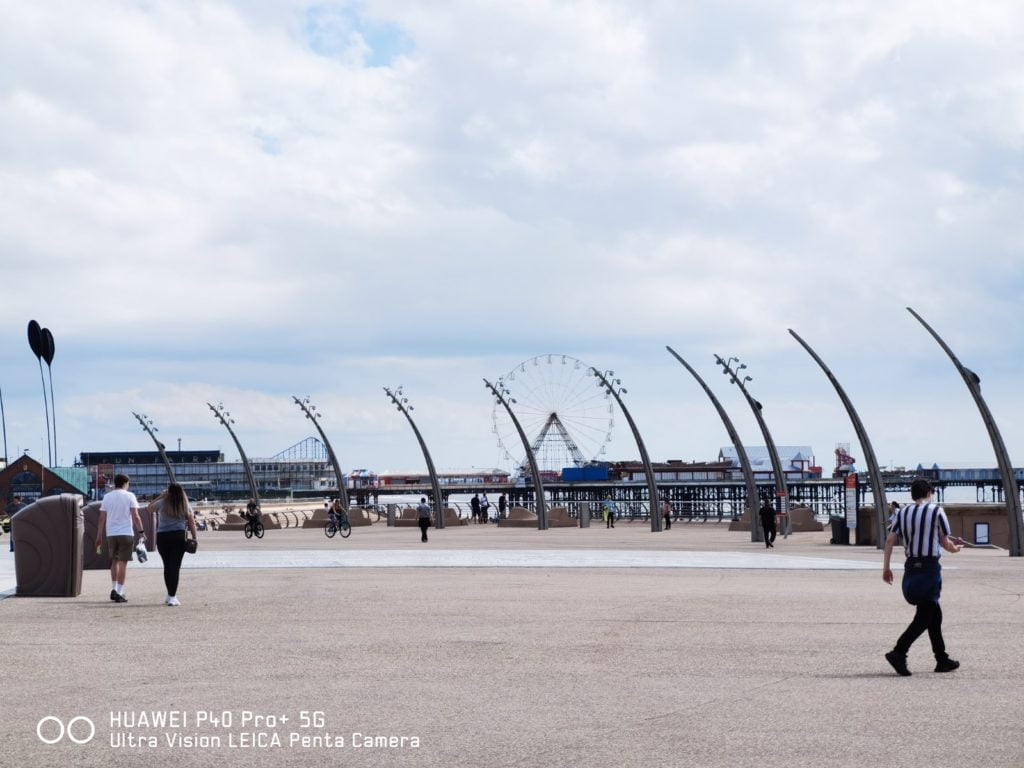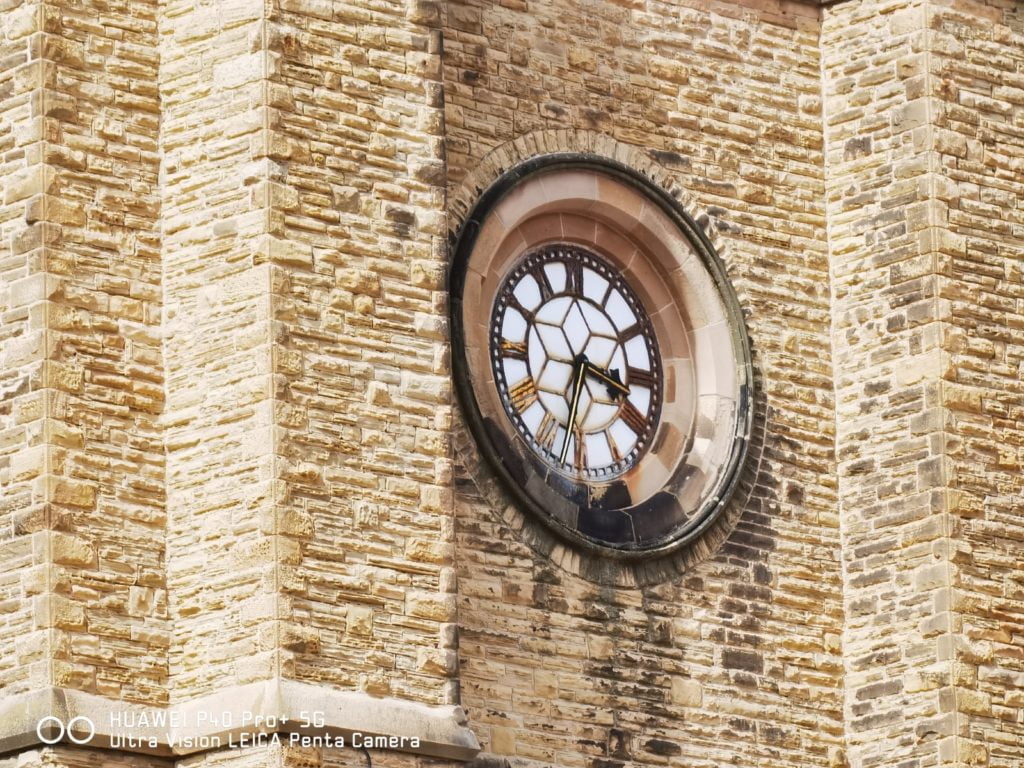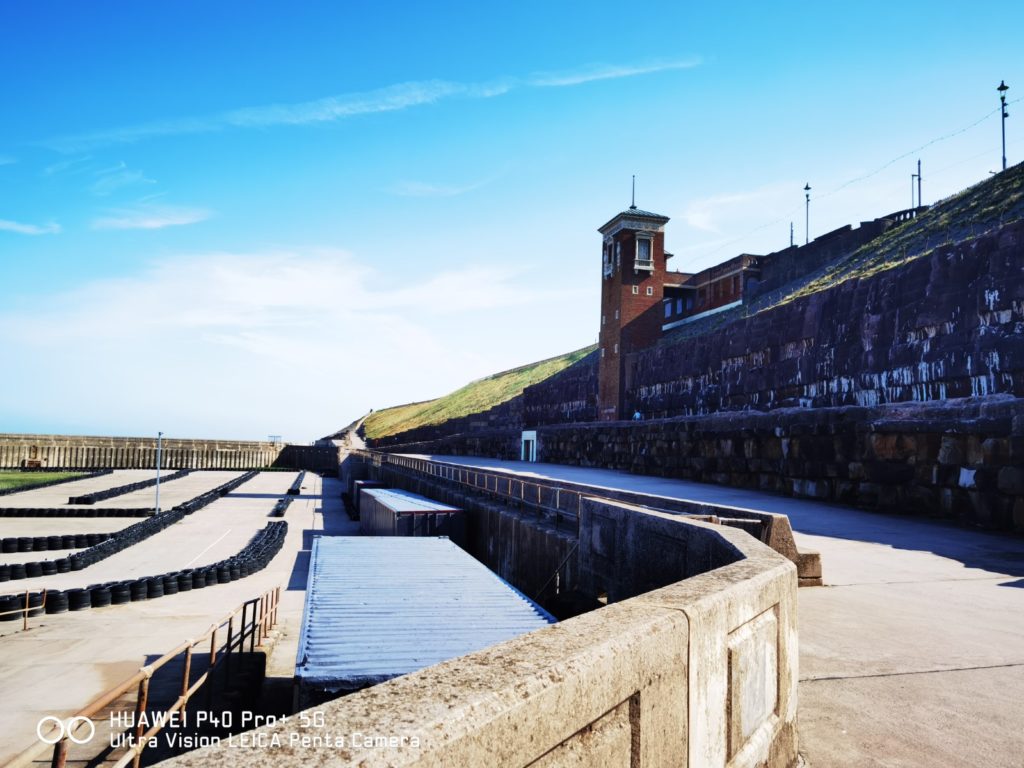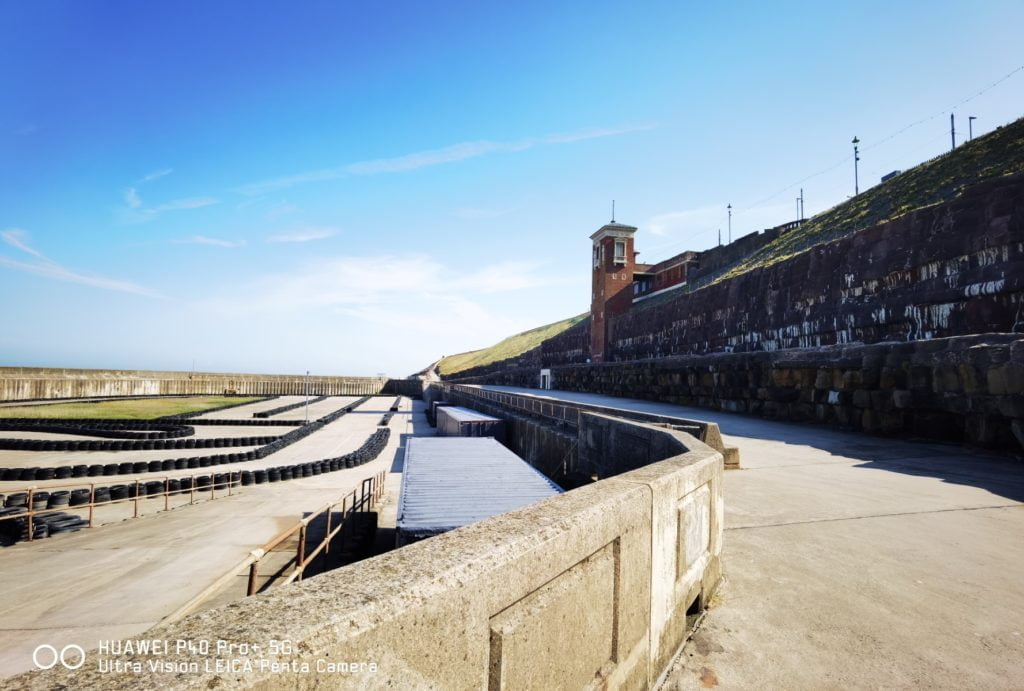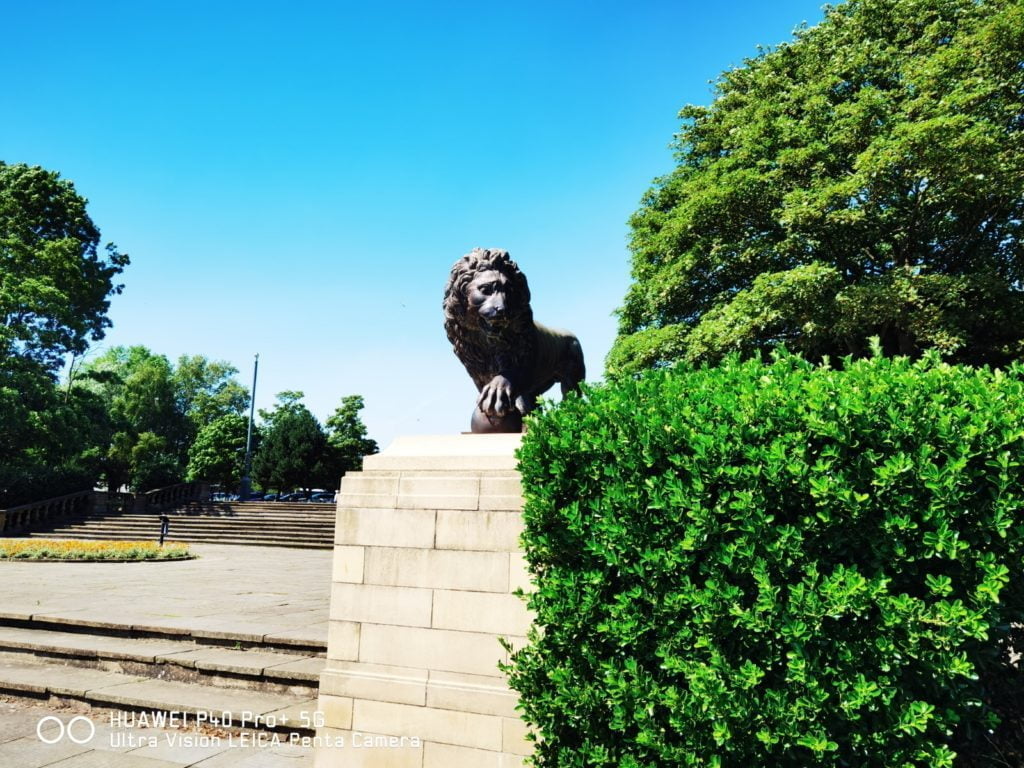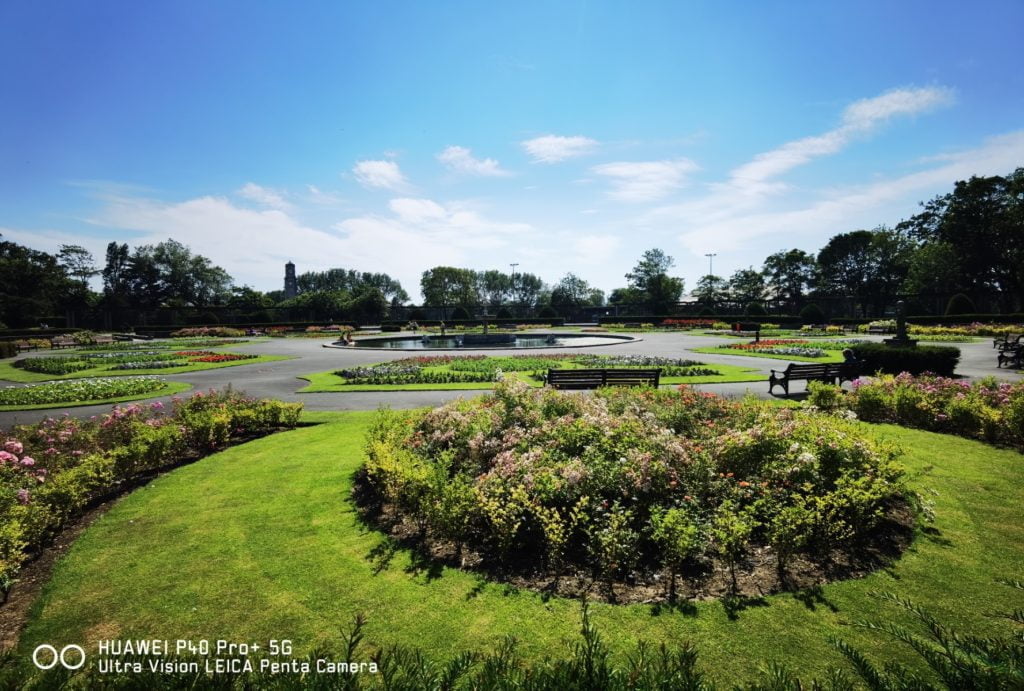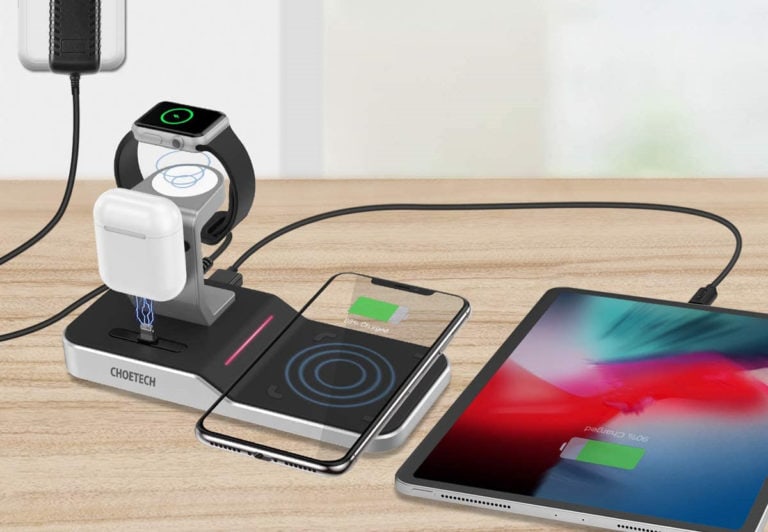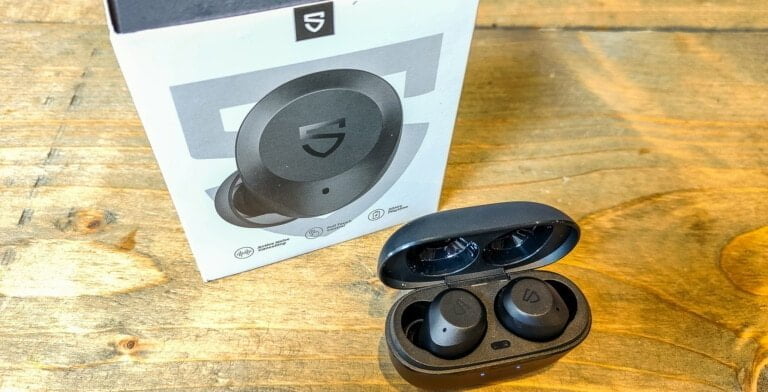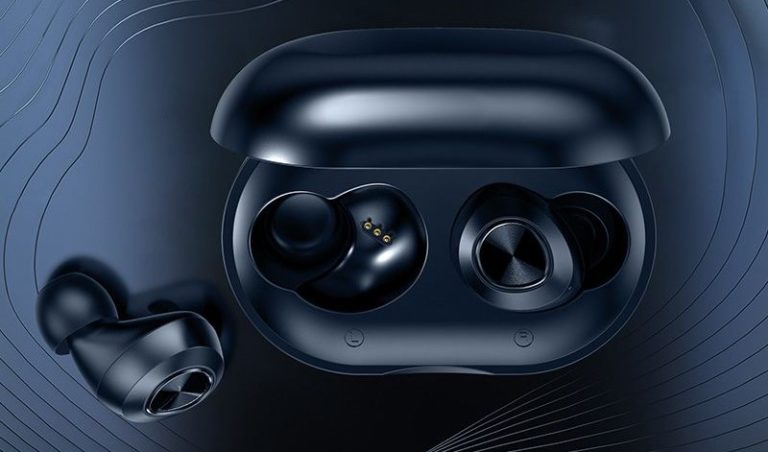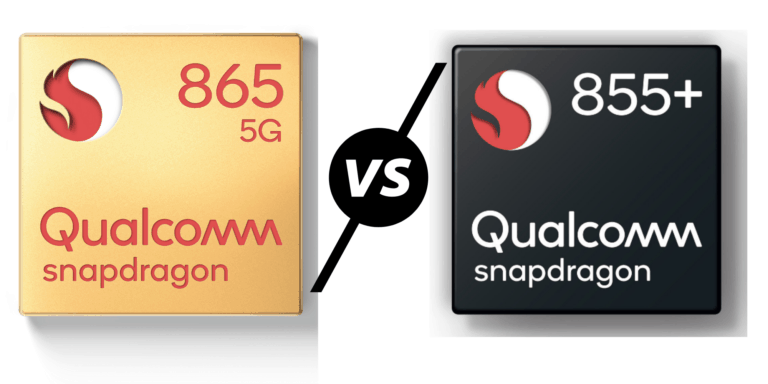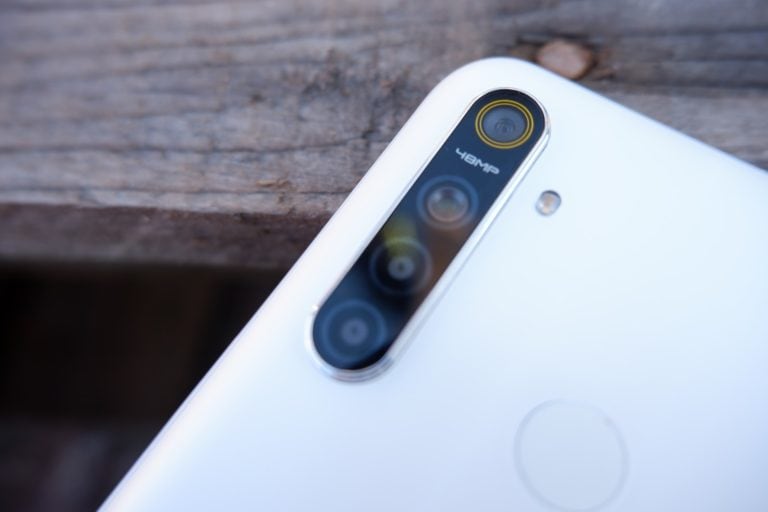Any links to online stores should be assumed to be affiliates. The company or PR agency provides all or most review samples. They have no control over my content, and I provide my honest opinion.
Following up from my Huawei P40 Pro review, I have been lucky enough to try out the new top of the range offering in the series, the Huawei P40 Pro+.
The new phone follows suit from other brands such as Samsung and Oppo by introducing a new, incredibly high priced option for tech enthusiast that want the best of the best and as a way for companies to show off their technological achievements.
With this phone being identical to the P40 Pro in many aspects, I won’t go extensively into some aspects, to avoid repeating myself. Things like benchmarks and software are all the same.
Specification Overview
- Build: Glass front, ceramic back, ceramic frame
- Display: 6.58 inches, 2640 x 1200, 90Hz
- Chipset: Kirin 990 5G
- RAM: 8GB
- Storage: 512GB + nano memory
- Rear Camera: 50 MP 1/1.28″ + 8MP 10x periscope + 8MP 3x optical + 40MP 1/1.54″ ultrawide
- Front Camera: 32 MP and IR TOF 3D
- Battery: 4200mAh + 40W wired charging + 40W wireless + 27W reverse wireless
Huawei P40 Pro+ vs P40 Pro
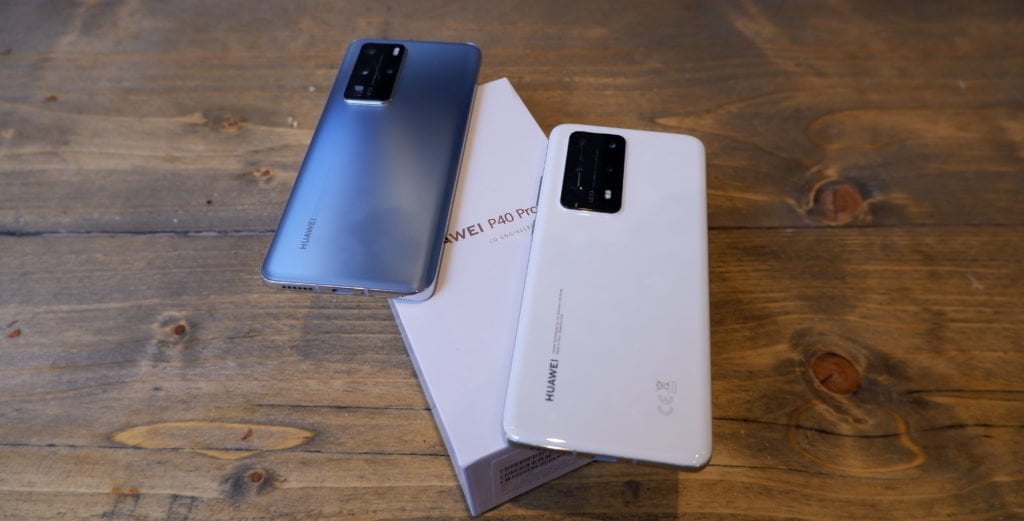
Much of the phone is the same as the excellent Huawei P40 Pro I reviewed in April; you get the same RAM, same display, battery, charging and chipset.
Most of the camera spec is the same too, with that massive 50MP 1/1.28″ sensor for your main camera combined with an equally impressive 40MP 1/1.54″ ultrawide (something that is often neglected by companies).
With the Huawei P40 Pro priced at around £900 and the P40 Pro+ at £1300, what is it you actually get?
The big thing to change is the two zoom lenses, gone is the single 5x 12 MP periscope zoom lens, you now get an 8MP 10x periscope zoom lens with a secondary 8MP 3x optical zoom.
Considering the price difference, it may not seem like a big difference, but this is an industry first in two regards. It was only last year that periscope zoom lenses were introduced to the market, bending light around at 90-degrees to allow them to zoom in on a subject, now that have doubled this zoom capacity. On a phone that is just 9mm thick, this is a feat of engineering that no other company has been capable of offering before.
10x zoom is highly impractical for a lot of shots, and this is why they have also used the second 3x zoom lens. Again, a first for a modern phone giving you much more flexibility than a static 5x zoom lens.
To help justify that cost, the phone now uses a ceramic rear and frame and almost 20g to the already considerable 209g weight of the P40 Pro. This ends up giving you the sort of build quality and feel of the previous brand collaborations many companies did, all of which came at a significant premium to the mainstream counterparts.
Sadly, you don’t get 12GB RAM as you might expect from an ultra-premium phone, it stays at 8GB, but they do give you a massive 512GB of storage
Whether or not you feel this hardware decision justifies a 44% price difference is going to be highly subjective.
Software
The software situation is identical to the Huawei P40 Pro. That is, you don’t get Google, you do get Huawei Mobile Services, and the phone runs EMUI 10.1.
I will cover some bits again because it is such an important factor when you buy a Huawei phone now.
Google Mobile Services vs Huawei Mobile Services
Related: Huawei P40 Pro Google Mobile Services & Apps Guide – What works and what doesn’t.
Google Mobile Services is not there; Huawei is developing its own replacement services. On their end, they have done a good job; the problem being is that they need to persuade app developers to use the Huawei App Gallery.
Once they are on there, the user experience is identical to Google Play Store with seamless auto-updates.
The problem being, while it is growing, there is an awful lot of apps missing. So you are forced into workaround solutions by sideloading content.
How to get apps onto your Huawei P40 Pro (Phone Clone/Petal Search)
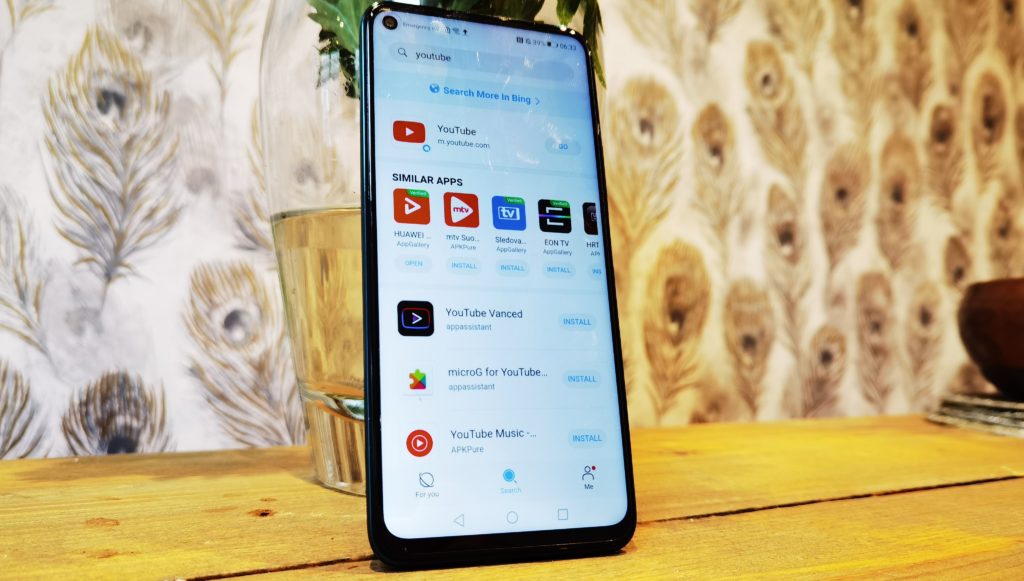
The two methods Huawei are actively promoting is the phone clone app and Petal Search.
Phone clone is amazing, copying all your apps and settings over quickly, easily and more effective than any other solution I have tried for Android. With this, it will copy over many of the apps that are not natively availably on Huawei App Gallery. It won’t copy over most apps that are developed by Google.
With this, you are off to a pretty good start. The problem is that these will not update without something updating them. So you will still have to use all the following solutions to keep everything up to date, if you want.
Petal Search is the latest solution. It is OK, it’s a logical starting point if you want to install an app. It searches both App Gallery, 3rd party APK website, direct downloads from companies, as well as offering quick apps/PWA as solutions. So with this, you can always find what you want, and it will prioritise the App Gallery, so you should always find the best solution, the downside is I am not keen on the way it links to the APK on a website when you could get it from a 3rd party app store.
Quick Apps / Progressive Web Apps
PWA apps have been around for a while; you can even install Mighty Gadget as one. They are basically installable websites. If someone has put some effort into the development, they will often offer superior functionality than a mobile app, but usually it will be identical. Things like YouTube, Maps and any other Google service can probably be accessed this way.
Third-Party App Stores
Petal Search is good, but it links to a website listing the APK, which I find cumbersome. The best solution is to use something like the APK Pure app. The is the closest thing you will get to Google Play. You can download anything from there, and it will even update your apps (identifying and downloading the updates), but you still need to manually install the updates.
The downside is that it doesn’t guarantee the app will work. For example, you could install YouTube, it just won’t work at all. You instead have to find alternative apps that don’t connect directly to YouTube (YouTube Vanced).
Install Google Mobile Services
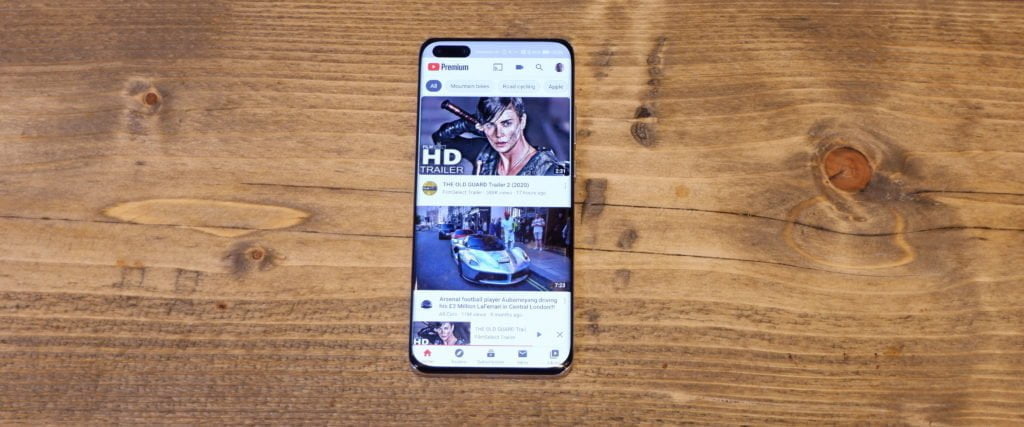
Related: How to install Google Play Store on the Huawei P40 Pro Plus
For most, that preamble to HMS and sideloading was pointless, when you can just install Google. It is a massive pain in the arse, but it is doable, and once done you have all the benefits the Google Play Store offers such as background updates, and access to whatever you have paid for.
There are some bits that do not work, though.
What does not work (Push notifications and more)
Related: How to fix push notifications on Huawei P40 Pro if you have installed Google Play Services
If you install Google, you will find that anything that uses the Google firebase push notification service will be unable to send you push notifications. This includes apps like Ring, Twitter, and more.
To get this working again, you then need to disable the play store functionality.
The phone will also not be SafetyNet which means that many banking apps and streaming apps will not work properly. In the case of Netflix you are stuck on standard definition.
Then NFC payments are also a no go, because Google Pay will not work. This is something I rely on, and I think Huawei really need to find an alternative solution as quick as possible.
Design and Display
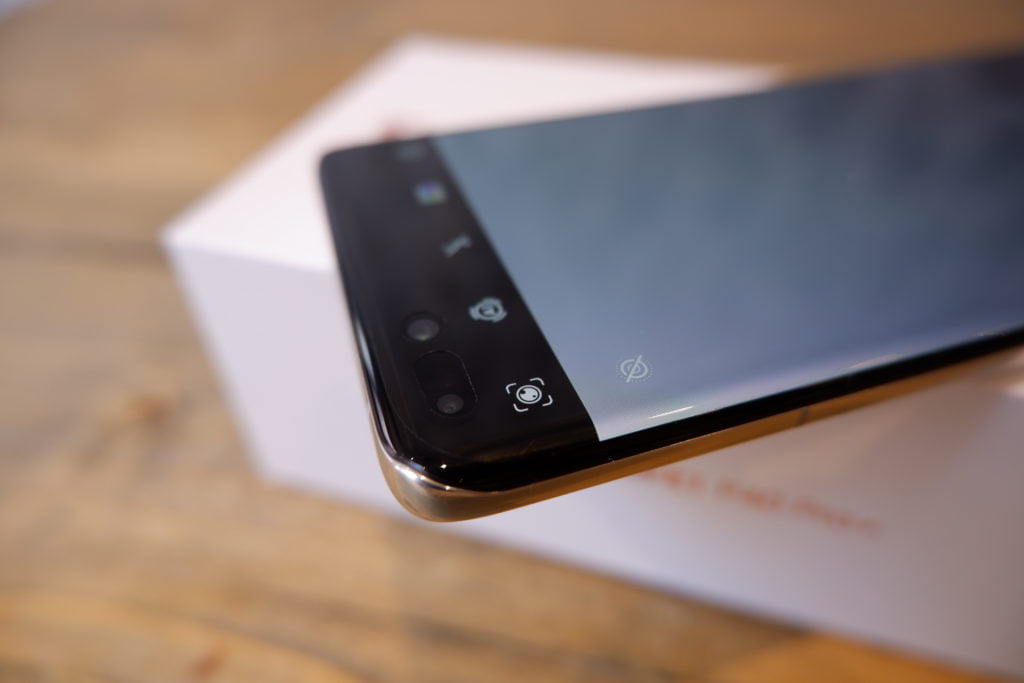
Basically, it is the same as the P40 Pro, but you now have the added weight the ceramic build brings. The phone itself is beautiful, and the ceramic makes it feel ultra-premium.
The 90Hz AMOLED is a pleasure to use, I don’t find I feel any benefit from 120Hz that others offer and the AMOLED panel itself is glorious and responsive.
Camera
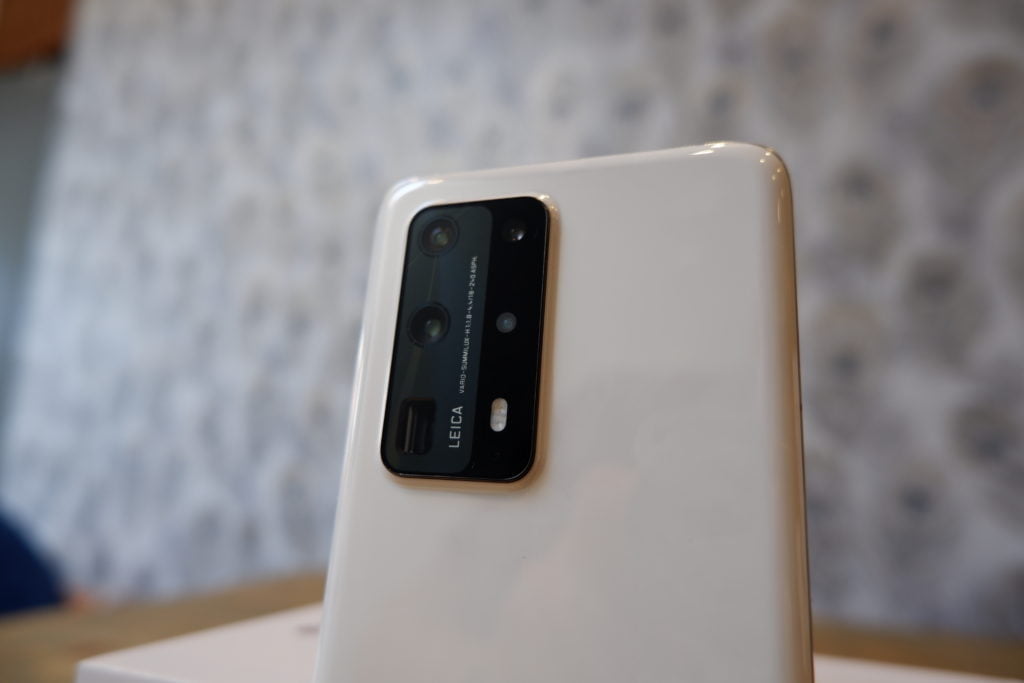
The primary camera and ultra-wide is identical to the P40 Pro, giving the same superb results. With travel being restricted and Blackpool, not the most scenic, my testing has been a little limited.
The main camera, like the P40 Pro, is superb, probably one of if not the best cameras this year. Some of the shots can be a little excessive with colours and dynamic range rather than the more subdued colours of nature. Purists may not approve, but most people will likely prefer the dramatic effect this camera offers, including myself.
Zoom
You could probably condense this review down to the zoom section because that is the biggest differentiator from the P40 Pro. As you would expect from any camera by Huawei, it is superb and does live up to the hype.
The two lenses are what is important. A single 5x sensor can be a bit too zoomy in many scenarios, and I sometimes wish my P30 Pro still had a 3x zoom. So with this, you get the best of both worlds, just with an even more extreme 10x zoom option.
The 10x zoom is a little limited in what scenarios you can use it in, but is something that should work well when travelling or for wildlife photography, allowing you to get quality shots without getting too close to things.
The quality of the shots are superb; the zoom easily outclasses any other phone I have used in the past. The zoom lenses don’t offer the same exaggerated looks as the main camera so greens of plans and the blue of the sky go from incredibly vivid to a little washed out in comparison.
As for the 100x digital zoom, as always, going much beyond the optical capability quickly deteriorates the quality and introduces massive camera shake. If you want a passable photo, you will need some serious stabilisation. It is a fun gimmick to try a few times, but beyond that, I would recommend keeping the digital zoom as low as possible. With the optical being 10x, it does mean these issues don’t come into effect as quickly as it does on every other phone.
With the two zooms, you end up with four optical focal lengths of 18mm, 23mm, 80mm, and 240mm giving you a genuine alternative to point and shoot travel cameras many of which cost several hundred themselves. Since getting the Huawei P30 Pro last year, I have basically given up taking a camera abroad with me.
Low Light Auto & Night mode
The low light performance did not meet my expectations when I reviewed the P40 Pro, it was good, but not significantly better than the excellent P30 Pro. While hardware is identical here, it appears Huawei has updated the firmware to improve the low light performance.
In my original review, under extremely low light, there was an excessive red hue. This now appears to be totally gone giving a more natural look. In the two pictures of the skull on the table, it looks like a normal dark picture, with perhaps a loss of detail on the skull features. However, the photo was taken at 3:30am with the blinds almost fully closed and no house lights on. I could just about see where I was going. The first shot, while not fantastic, was taken with auto and no extended exposure. The second was night mode with an 8-second exposure. Even the first shot is impressive considering the low light, but the night mode shot is fantastic considering what the phone had to work with (including my shoddy skills).
With the long nights, ridiculous street lights, and an unusual sleep pattern, I haven’t had much chance to do much outdoor low light photography, but I will update the review as and when I do.
Photo Gallery
Performance and Benchmarks
Day to day performance and synthetic benchmarks are all essentially identical to the P40 Pro. The Kirin 990 5G doesn’t quite compete with the Qualcomm Snapdragon 865, but unless you are a fanatical gamer, I doubt you will notice any difference.
Crucially, the Kirin 990 5G and 90Hz AMOLED display make the phone a delight to navigate around with no performance dips when using any app.
Battery
Again, identical to the P40 Pro. The 4200mAh battery doesn’t sound as impressive as it used to, may brands offer this capacity now. However, the combination of the efficient chipset and Huawei aggressive power management allow this phone to outclass many others easily going beyond a day with heavy usage, and it is what won me over to Huawei when I bought the Mate 10 Pro a few years ago.
Pricing & Competition
At around £1300 this is about the most expensive Android phone on the market (ignoring foldables). This puts Huawei in a bit of an awkward spot, charging more than any other brand while not being able to offer Google. Even with Google, this would still have limited appeal due to its high price.
| Preview | Product | Rating | Price | |
|---|---|---|---|---|

| Samsung Galaxy S20 Ultra 5G Mobile Phone; Sim Free... |
£340.00 | Buy on Amazon |
The Samsung S20 Ultra is £1199 (Amazon has it at £1030), but for that, you only get 128GB storage though 12GB RAM. Then the impressive 104MP camera lens suffers from serious focus issues. The 512GB option does actually cost more than the Huawei at £1399.
| Preview | Product | Rating | Price | |
|---|---|---|---|---|

| OPPO Find X2 Pro 5G - Qualcomm® Snapdragon 865 5G mobile... | £179.99 | Buy on Amazon |
Down to just £999 on Amazon, I would say the Oppo Find X2 Pro is the best alternative. It is massive at 6.7-inches running a 1440P 120Hz display. You get 12GB RAM as standard with 256GB storage. There are only three cameras on the rear, the 48MP 1/1.43″isn’t quite as well-specced as Samsung or Huawei but not far off, they only have a 5x 13MP zoom lens, and the 48MP 1/2.0″ is also not quite as good as the other two. However, it is well-reviewed, with no major issues, it has an incredible 65W charge and also has either a ceramic back or leather.
Stupidly Xiaomi has not launched the Mi 10 Pro in the UK, but it is available via Amazon Spain for 1000-Euros making ti the cheapest of these alternatives. The screen is similar to the P40 Pro, running at 1080p 90Hz, they have the same 108MP lens the Samsung does, but with fewer issues, then a 8MP 5x zoom lens and a weird 12 MP 2x zoom lens only used for portrait mode shots.
Conclusions
The Huawei P40 Pro+ gives me conflicted feelings. On the one hand, it is a marvel of engineering with its industry-first 10x periscope lens and also the first phone to feature two separate optical zoom lenses. Its photography prowess will see little if any competition this year and I can’t imagine any phone will launch this year, and likely next, that will offer the versatility that the four lenses on the rear offer.
While some people may not like the exaggerated colours the primary lens with its AI features offer, it is still one of the best options on the market, with the biggest sensor size and incredible low light performance.
On a less positive note, that 10x periscope lens comes with a massive price hike making this one of the most expensive phones on the market at £1299. The increased storage and ceramic back help justify the cost a little, but you are still paying £400 more, which represents a 44% premium to the standard model. The law of diminishing returns always applies to high-end products, and this is definitely the case here, Huawei has pushed the boundaries of what is possible, and therefore you have to pay for it.
The biggest problem is the elephant in the room. Google is not installed as standard. If Huawei was not facing this problem, then I would easily say this is the best phone on the market if money is not an issue.
This problem also applied to the Huawei P40 Pro, but I felt like it was something many people could live with due to its attractive pricing compared with other premium flagships launched this year. At £900 there is only the OnePlus 8 Pro that offers the premium flagship experience similar to the P40 Pro.
However, at £1300, I would imagine people are less willing to make compromises with their purchase decisions. This price places the Huawei P40 Pro+ up against the OPPO Reno Find X2 Pro and the Samsung Galaxy S20 Ultra. I doubt either of those can compete with the camera here, but they have Google giving them a massive advantage.
Overall, this then makes this a very niche phone. If you are indifferent to Google and want the best camera phone experience possible, regardless of price, then the Huawei P40 Pro+ is absolutely worth considering.
For your average person, the normal Huawei P40 Pro is a much more sensible buy. Admittedly I do find it difficult to go back to the single 5x zoom lens vs the flexible 3x and 10x zoom here, but in general, the P40 Pro is still one of the best camera phones you can buy right now.
Huawei P40 Pro Plus Review Rating
Summary
As always, Huawei leads the way with their hardware, doing things others are incapable of. The hardware and camera performance of this phone is exceptional.
Regardless, for many, even at the best of times, the £1300 price is a tough pill to swallow. Combine that with a less than perfect software situation due to the political issues and lack of Google out of the box, you end up with a phone that has limited appeal.
However, this is still the best option for keen travellers wanting to ditch an expensive dedicated travel camera.
Overall
84%-
Build & Design - 98%98%
-
Performance - 90%90%
-
Camera - 98%98%
-
Battery - 95%95%
-
Software - 60%60%
-
Price - 60%60%
Pros
Unrivalled camera spec and performance
Exceptional hardware
Superb performance & battery
Google can be installed if needed
Cons
No Google installed
Not as good value for money vs P40 Pro
I am James, a UK-based tech enthusiast and the Editor and Owner of Mighty Gadget, which I’ve proudly run since 2007. Passionate about all things technology, my expertise spans from computers and networking to mobile, wearables, and smart home devices.
As a fitness fanatic who loves running and cycling, I also have a keen interest in fitness-related technology, and I take every opportunity to cover this niche on my blog. My diverse interests allow me to bring a unique perspective to tech blogging, merging lifestyle, fitness, and the latest tech trends.
In my academic pursuits, I earned a BSc in Information Systems Design from UCLAN, before advancing my learning with a Master’s Degree in Computing. This advanced study also included Cisco CCNA accreditation, further demonstrating my commitment to understanding and staying ahead of the technology curve.
I’m proud to share that Vuelio has consistently ranked Mighty Gadget as one of the top technology blogs in the UK. With my dedication to technology and drive to share my insights, I aim to continue providing my readers with engaging and informative content.
Last update on 2025-07-02 / Affiliate links / Images from Amazon Product Advertising API




